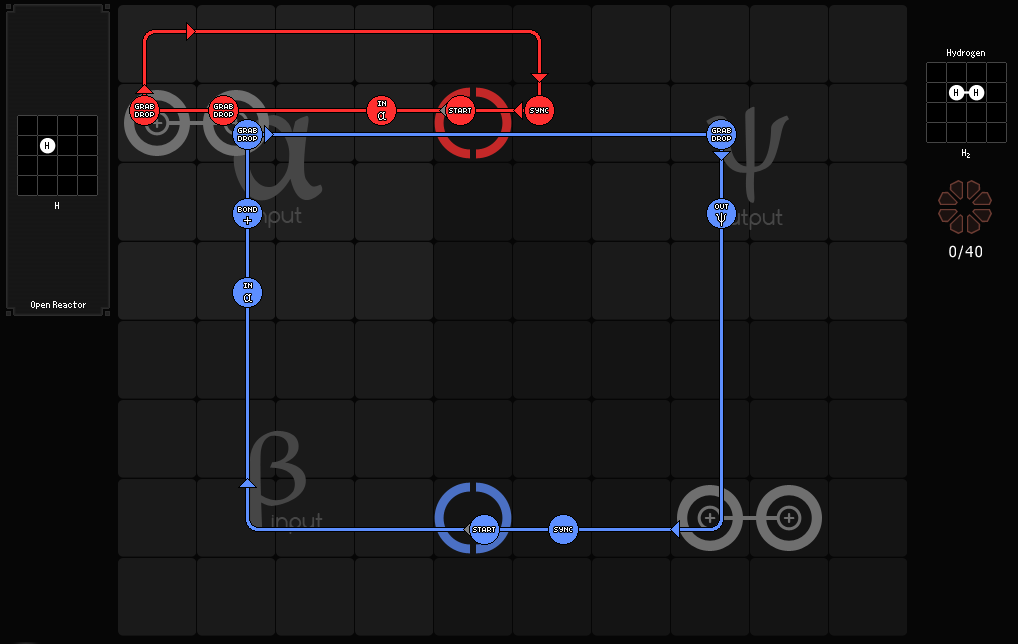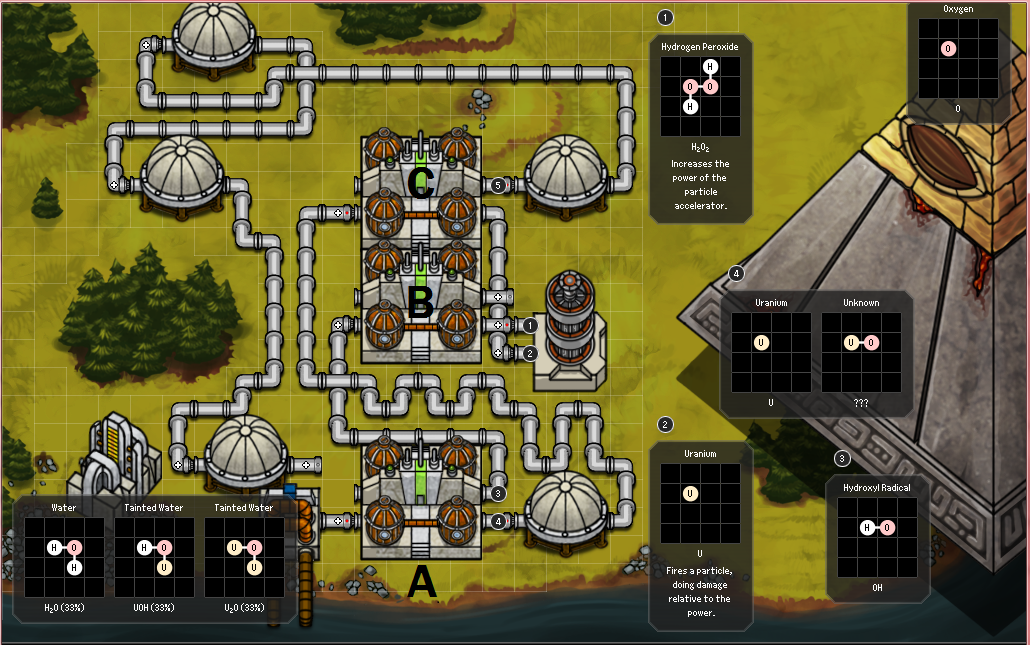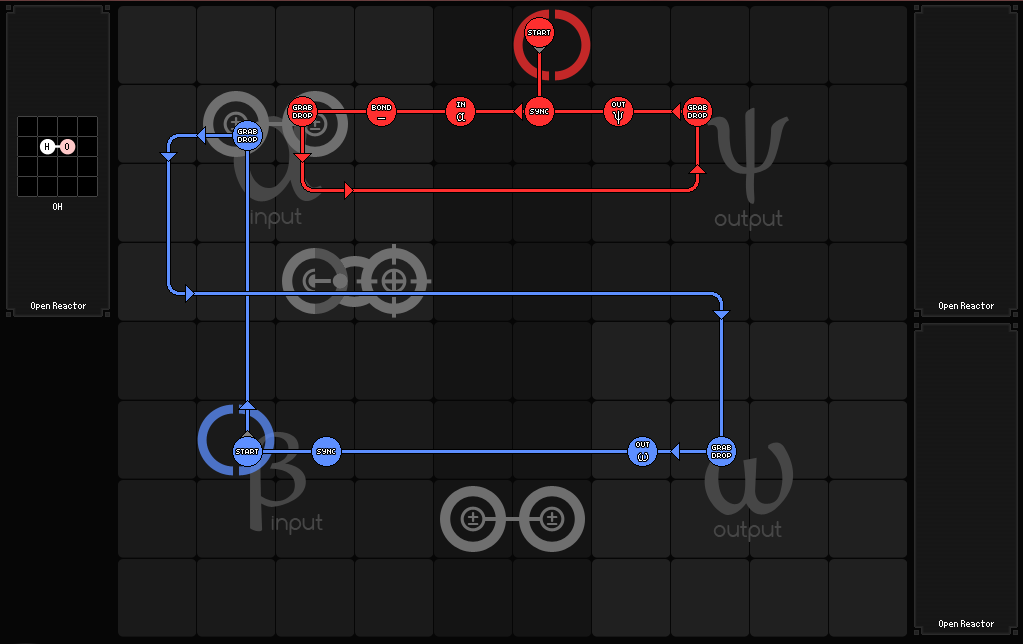
The excellent trailer for Papers, Please mostly follows this format, as well as this trailer for Astroneer. This format for games is essentially what a lot of game trailers do, so it stands to reason keeping this sequence of events in that same order might work for a trailer! I'm often surprised to see game trailers which don't do this in some way considering how hard game designers work to create this sort of arc in their games. in that they introduce ideas, make some twists on that idea, and then test the player's ability to understand them (this structure is well explained in this episode of Game Maker's Toolkit) A lot of games are structured somewhat like level 1-1 in Super Mario Bros. Simply capture footage from your game, keep everything in the order they appear in the game, and cut them in an exciting way while maintaining that order. Looking back at this trailer I can see why I chose certain gameplay clips based on how they sync up to a few beats of music in a row or have some sort of rising or falling quality which matches the music if/when it does the same thing.

Here's another Behemoth trailer I made a while ago which followed this philosophy.īattleBlock Theater is a relatively easy game to understand because it's a platforming game where you're trying to move through obstacles like saw blades, fans, grenades, water, and stuff. If you can also sequence the gameplay so the simplest to digest shots are at the beginning, and the most complex are at the end, then it'll be much easier for the audience to watch. This format is best to use for games which are very simple to understand from watching, like action games where characters are running and jumping, guns are being shot, or there's physical violence.

This is simply taking fun gameplay, and cutting to the music beat as many cuts, hits, slams, whooshes or any sort of on screen movement as you can. I wrote about this in my post about having fun with the editing. In Alien Hominid, the goal is to defeat FBI agents and get your ship back, and in this case the variety of ways you do that is part of the hook of the game. That said, sometimes the high level goal of each thing is the same, and you need to get more granular. This is what I wrote about in my post Show the Dream, Not the Job. The only thing I would suggest is to word your title cards to be less about the minutiae of what you do in the game, and a bit more about what you're accomplishing through each game mechanic. Is it very original? Not at all, but it works perfectly okay for some games. The trailer starts with the cold open story cutscene from the game, flashes a bunch of cool shots, shows a pedigree title card, more gameplay and then proceeds to intercut title cards about specific gameplay mechanics, and show gameplay for them.

I used this exact format in one of my first fan trailers which was for The Behemoth's Alien Hominid. I sometimes call these bullet point trailers, because it takes a list of bullet points, shows each one at a time, and then shows the relevant parts of the game. This is by the far one of the most basic formats a game trailer can have. This is a trailer which uses title cards and/or narration, and then afterwards shows gameplay which illustrates that thing, and repeats. That may sound like I'm setting the bar low (I am), but I've watched a lot of game trailers, and frankly I think a lot of them are barely reaching even that low bar.

So here are a handful of trailer templates which I think are the easiest for a new editor to wrap their head around which can be used to make a perfectly serviceable trailer. I want everyone to make the best trailers they can possibly make for their particular game, but I fully admit a lot of the theory and high level thinking I throw at you is not immediately applicable if you're a new editor who needs to make a trailer.


 0 kommentar(er)
0 kommentar(er)
